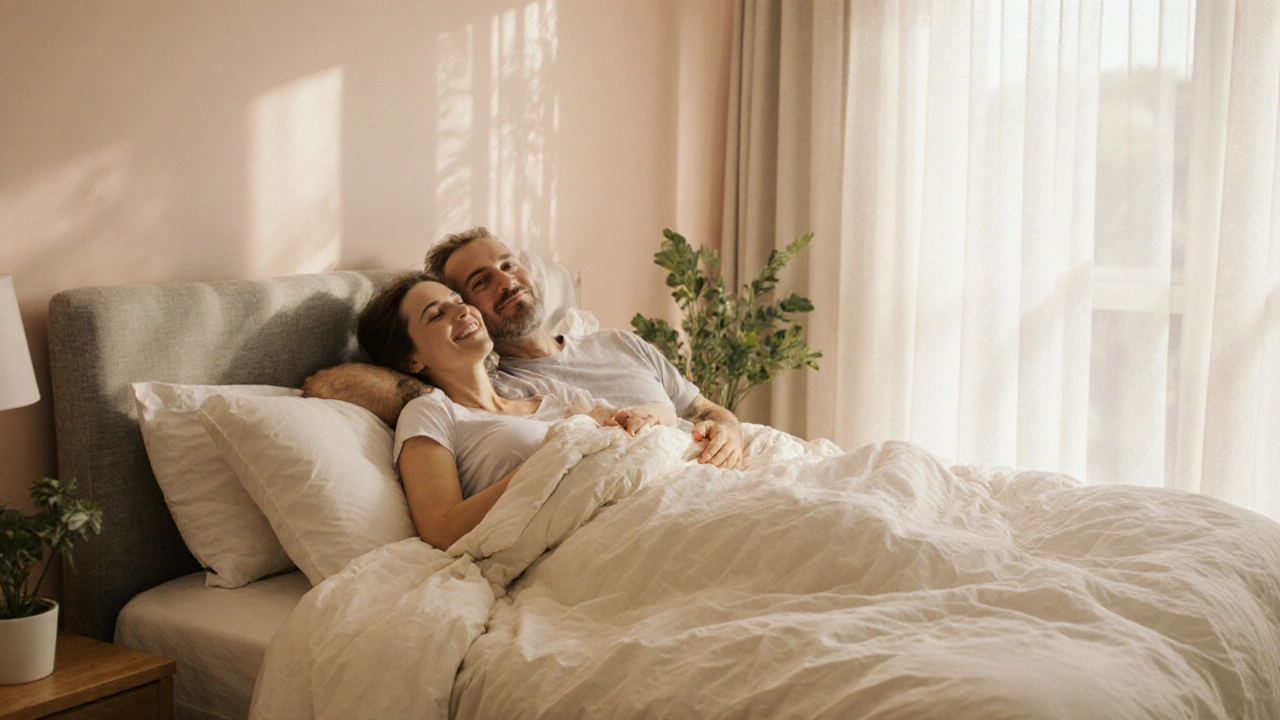Urinary Incontinence: Types, Causes & Practical Management Tips
When talking about Urinary Incontinence, the involuntary loss of urine that affects millions worldwide. Also known as bladder leakage, it can disrupt daily life and confidence. Stress Incontinence, leakage that happens during coughing, sneezing or exercise and Urge Incontinence, a sudden, intense need to urinate followed by loss are the two most common flavors. Pelvic Floor Muscle Training, targeted exercises that strengthen the muscles supporting the bladder often serves as the first line of defense. The condition Urinary Incontinence encompasses these sub‑types, requires an understanding of bladder control, and benefits from lifestyle tweaks. In short, knowing the difference between stress and urge leakage helps you pick the right fix.
Key Types and Management
Stress incontinence tends to show up when pressure spikes inside the abdomen – think lifting heavy boxes or a brisk jog. Urge incontinence, on the other hand, is linked to an over‑active bladder that sends false signals, making you sprint to the bathroom. Age, pregnancy, prostate issues, and certain medications all raise the odds of developing either type. People who sit for long periods or drink a lot of caffeine often notice more leaks, which is why adjusting fluid timing and cutting back on irritants can make a noticeable difference. Pelvic floor muscle training, commonly called Kegels, targets the core muscles that keep the urethra shut; regular practice can cut leak episodes by up to 50 % for many users. Another practical tip is scheduled voiding – planning bathroom trips every two to four hours rather than waiting for a desperate rush.
When exercises and habit changes aren’t enough, medical options step in. Anticholinergic drugs calm an over‑active bladder, while topical estrogen creams help post‑menopausal women improve urethral tissue elasticity. For severe cases, a doctor might suggest a sling procedure to support the urethra or a nerve‑stimulator implant that trains the bladder to hold urine longer. Absorbent pads and protective underwear are also useful short‑term tools that keep daily life comfortable while you work on longer‑term fixes. Below you’ll find articles that break down each medication, compare surgical options, and give step‑by‑step guides for safe home exercises. Armed with this background, you’ll know exactly where to look for deeper details and practical advice.
How Vaginal Surgery Can Boost Your Quality of Life
- Elliot Grove
- on Sep 28 2025
- 11 Comments

